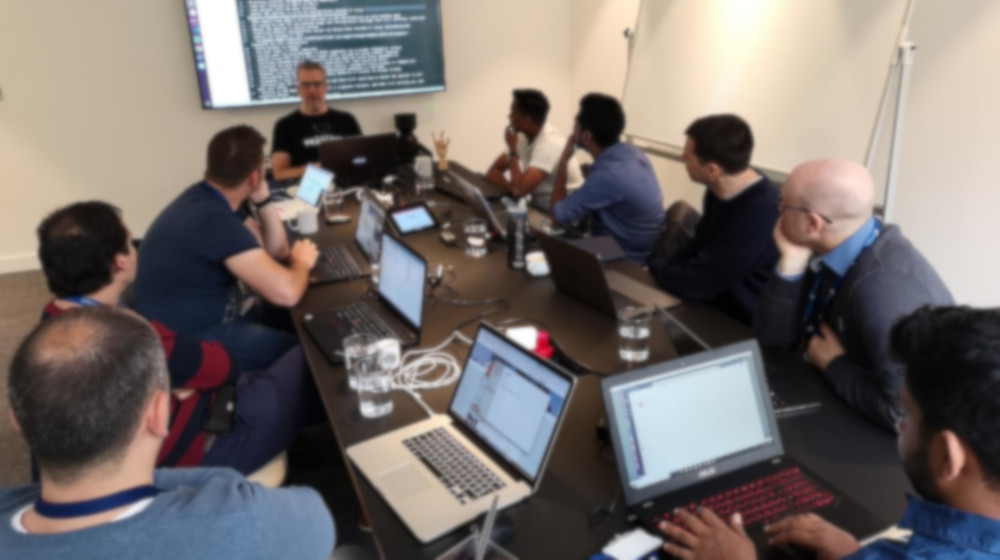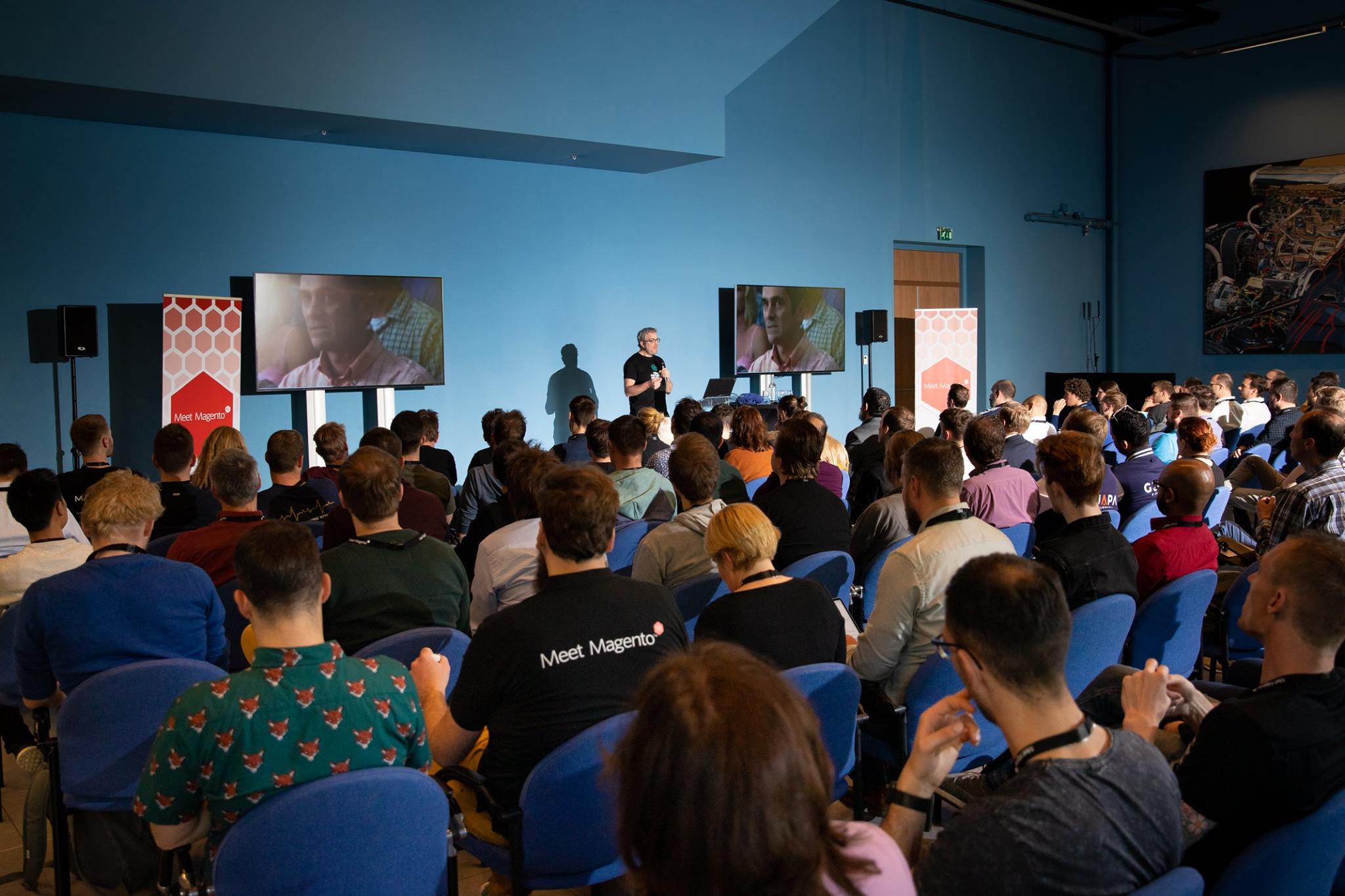
Magento 2 Development I course
Configure DI XML with wisdom and build powerful extensions following from this
Configure DI XML with wisdom and build powerful extensions following from this
Even though the markets always change, Magento is already for more than 15 years a market leader. This training gives backend developers the kickstart to start developing in Magento 2. It will cover new concepts like Dependency Injection and Plugins, but also help you migrate Magento 1 code to Magento 2. Essential for anyone willing to develop in this exciting new Magento!
11+
Hours of video
84
Lessons
335
Pages

Your teacher Jisse Reitsma
Jisse Reitsma is the developer of 60+ Magento extensions and has given technical Magento trainings for years. Besides his ability to understand complex technology, he is skilled in making this knowledge understandable for everyone. With him, you can expect in-to-depth guidance plus lots of practical tips. Jisse is the mastermind of MageTestFest, Reacticon and MageUnconference and former Magento Master.
Pick your On-Demand Magento video course
And you can start right away
- Access to 11 preview lessons
- More than 174+ minutes of video
- Student notes where available
- Free access before diving in full
- Full access to this course
- More than 11+ hours of video
- Student notes of 335+ pages
- Learn at your own pace
- Access to 93+ hours of Magento courses
- Student notes of 5212+ pages
- Ideal if you want to grasp everything
Or go for a teacher-led session
Because everyone has different needs
- Everything under On-Demand Standard
- Instructor-led classroom
- Benefit from a real-time interaction
- Ask any question that you have
- Everything under On-Demand Standard
- Economical for groups of 5 and more
- Freely debate company-specific topics
- On-site at your company office
- Everything under On-Demand Standard
- Ideal for online or hybrid teams
- Recordings available afterwards
- Online via Zoom, Teams or similar

Join our upcoming training in Baarn
Monday, July 22, 2024 - Thursday, July 25, 2024
Schedule for live training
| Date | Training | Location | Details | |
|---|---|---|---|---|
|
Jul 22 - Jul 25 |
Magento Backend Development Bootcamp |
NL |
Yireo, Baarn, The Netherlands
|
Learn more
|
|
Oct 7 - Oct 10 |
Magento Backend Development Bootcamp |
NL |
Yireo, Baarn, The Netherlands
|
Learn more
|
|
Dec 16 - Dec 19 |
Magento Backend Development Bootcamp |
NL |
Yireo, Baarn, The Netherlands
|
Learn more
|
Do these dates not fit you well? Do you want to switch to another language?
Feel free to contact us to see what other options there might be.
Magento training topics
Explore your topics of choice
- Quick peek at Magento 2 architecture
- Magento 2 frontend landscape
- Setting up PhpStorm
- Running cron
- Cache clean vs flush
- Cache handling
- Changing the admin path
- Maintenance mode
- Using Redis
- Redis caching
- Using Redis as session storage
- Installing a module
- Preparing for module creation
- Creating a module
- Composer file
- Module XML file
- Module registration
- Module commands
- Module entrypoints
- Adding Blocks via XML layout
- Using the store configuration
- Adding a simple CLI command
- Logging from your module
- Areas
- Application layers
- PHP interfaces in Magento
- Backward Compatibility
- Sandbox script
- Introduction to Dependency Injection
- Object Manager
- DI Preferences
- DI types
- Virtual Types essentials
- DI factories
- Creating a custom factory
- DI proxies
- DI plugins / interceptors
- DI recipees
- Inject the App State and check for the area
- Checking for the Developer Mode in your code
- Injecting a configuration value
- Inject the current product
- Injecting the registry
- Injecting URLs into your class
- Creating a custom logger
- Injecting the customer session
- Injecting the layout
- Getting your module path
- Creating a Slack logger
- Can you inject a Virtual Type?
- Using the product repository
- SearchCriteriaBuilder or SearchCriteriaBuilderFactory?
- Using product stock
- Adding console commands
- Calling other commands from your own Command-class
- Tips on commands
- Frontend routes
- Action results
- Dealing with form keys
- Adding messages
- Adding complex messages
- Adding a cronjob
- Creating an email template
- Block caching
- Adding database changes via a module
- InstallSchema
- InstallData
- Why the Uninstall schema does not make sense
- Declaritive schemas
- Declarative Schema patches
- Scenario: Add CMS Block to PHTML
- Scenario: Add product pricing per customer
- Solving tickets efficiently
- Troubleshooting tips
Watch a preview now
See for yourself
Or browse through all lessons in our courseware portal
17m 49s
09m 34s
09m 13s
09m 37s
09m 05s
05m 47s
04m 18s
03m 44s
09m 54s
03m 28s
16m 48s
05m 35s
14m 31s
13m 41s
12m 00s
33m 39s
20m 30s
37m 39s
08m 43s
07m 08s
08m 52s
05m 41s
08m 16s
13m 51s
10m 23s
17m 42s
11m 20s
04m 21s
23m 18s
05m 01s
07m 18s
10m 55s
12m 50s
21m 34s
17m 09s
These videos are available as an On-Demand video training (with notes). See the pricing for details.

Target group
- Trainees or interns that need to get hooked to Magento
- Junior backend developers that need to get kickstarted fast
- Senior Magento backenders who are looking for the finishing touch

You will notice Jisse his knowledge and experience in just a few moments. Despite the many topics, there is still depth that gives you that little bit of extra information to improve your work. These courses are highly recommended!Tristan Nederhoff (Vendic)

Requirements
- Some Magento experience
- Knowledge of Magento 2 XML layout
- Experience with PHP OOP
These are the options we give you
At your place or ours?
Everyone learns at her/his own pace. We provide both in-house training and public training throughout Europe - whatever suits your team best. When 3 or more developers are attending, a custom training is often more economical. Contact us for more details.
You'll get courseware
Every workshop is accompanied with official Yireo coursematerial. Attendees are sent a digital version of this material after the training. It contains slides, comments and references. Additionally, our GitHub repos contain numerous more code samples.
Online classrooms
Online trainings are also our training: Via Zoom or Google Hangout sessions, our teacher is able to connect with your team. The benefit here is that the team is able to connect from various places itself as well, timeframes are more flexible. Afterwards, a video recording will be shared with all attendees for reference.
On-demand self-paced training
This training is also available as an On-Demand training: Via numerous video lessons, including accompanying student notes (equalling a book on their own), you'll learn about the topics in your own pace. And when you bump into questions, you can fall back to the teachers guidance.
We recommend the following training flow
Magento 2 Luma Frontend Development training
Option for in-house training
Level: Intermediate Type: Frontend Developer
Magento 2 Backend Development I training
Option for in-house training
Level: Intermediate Type: Backend Developer
Magento 2 Luma JavaScript Development training
Option for in-house training
Level: Expert Type: Frontend Developer
Magento 2 Backend Development II training
Option for in-house training
Level: Expert Type: Backend Developer

Jisse understands how you can put your brain to work and keep you constantly on the edge of your seatKayne Spikker (Modern Minds)
Customer quotes
At Yireo you will quickly get to know the world of Magento with all the new best practices. Kevin van Welzenis (Vendic)
The training made pure abstraction manageable and digestible Marko Beenink (Mountain IT)
After the Magento 2 bootcamp, my fear of cold feet has subsided. Jisse gives a broad picture of Magento 2 and I now understand a lot better what is possible. Maartje Meering (MDL Online)

Yireo could be the right partner for you
We have trained 5000+ developers in numerous disciplines since 2005
- Professional training at affordable prices
- Truely active with numerous open source projects in the community
- Trainings, bootcamps, hackathons, events
- Passionate, enthousiastic, knowledgable in the right combination
Some of the customers that we have trained in the past years













